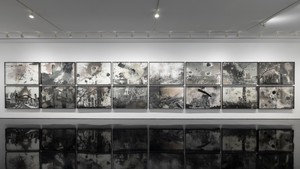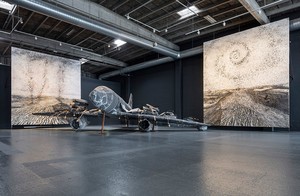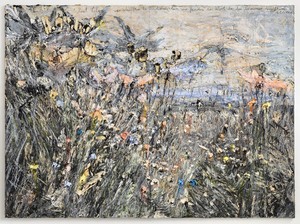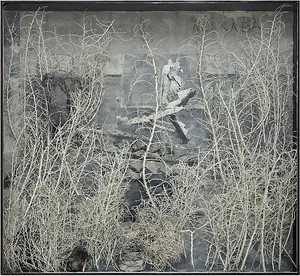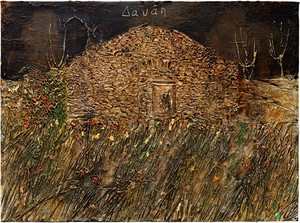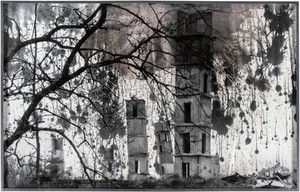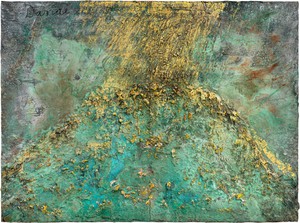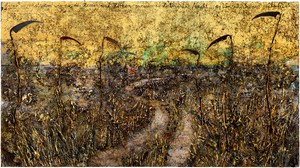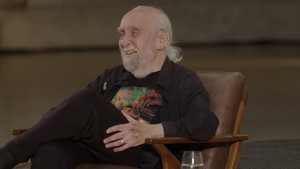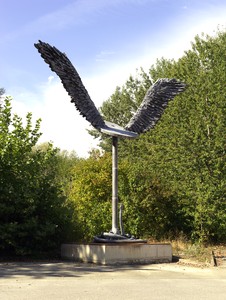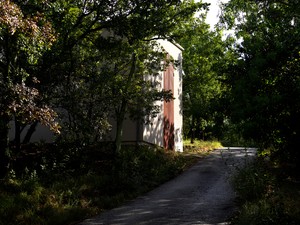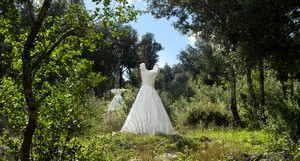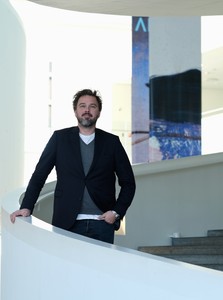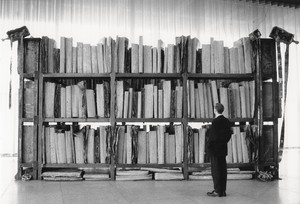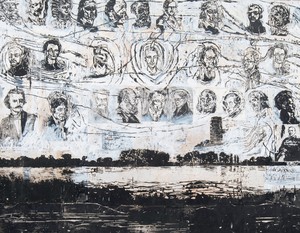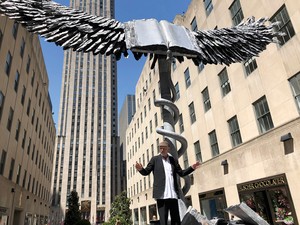Fusing art and literature, painting and sculpture, Anselm Kiefer engages the complex events of history and the ancestral epics of life, death, and the cosmos. His monumental body of work represents a microcosm of collective memory, visually encapsulating a broad range of cultural, literary, and philosophical allusions, from the Old and New Testaments, Kabbalah mysticism, Norse mythology, and Wagner’s Ring cycle to the poetry of Ingeborg Bachmann and Paul Celan. In reflecting on Germany’s postwar identity and history, he also grapples with the national mythology of the Third Reich. Kiefer’s boundless repertoire of imagery is paralleled only by the breadth of mediums he employs.
Kiefer was born in Donaueschingen, Germany, in 1945, during the closing months of World War II. After studying law and Romance languages, he attended the Albert-Ludwigs-Universität in Freiburg im Breisgau and the Staatliche Akademie der Bildenden Künste Karlsruhe, while maintaining contact with Joseph Beuys. From 1971 to 1992, he lived and worked in Hornbach, Buchen, and Höpfingen, Germany; since then, he has lived and worked in France.
Kiefer’s oeuvre encompasses paintings, vitrines, installations, artist’s books, and an array of works on paper, including drawings, watercolors, collages, woodcuts, and photographs. The physical elements of his practice—from gold leaf, lead, concrete, and glass to textiles, tree roots, and burned books—are as symbolically resonant as they are wide-ranging. By integrating, expanding, and regenerating imagery and techniques, Kiefer brings to light the importance of myth and memory, the sacred and the spiritual.
